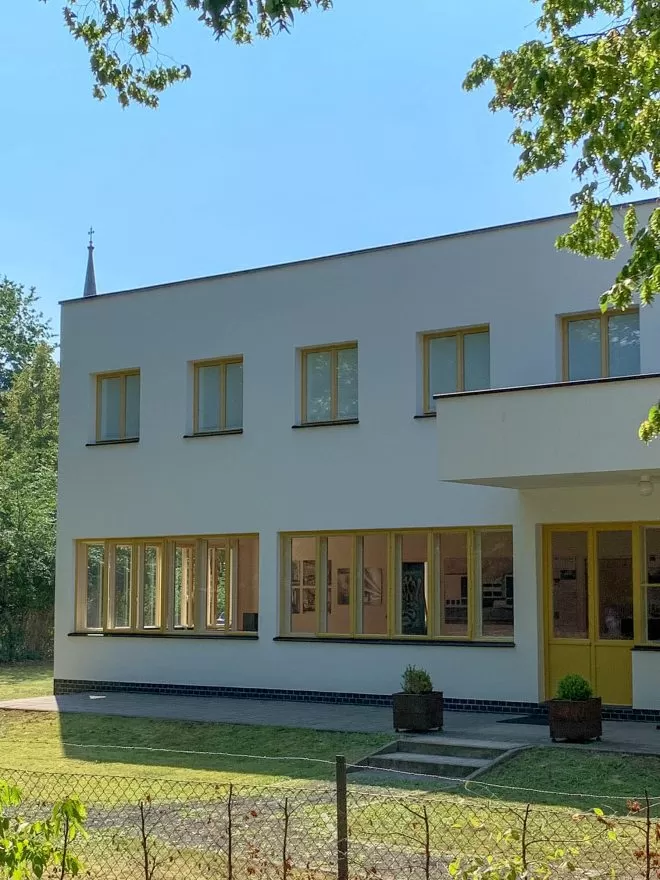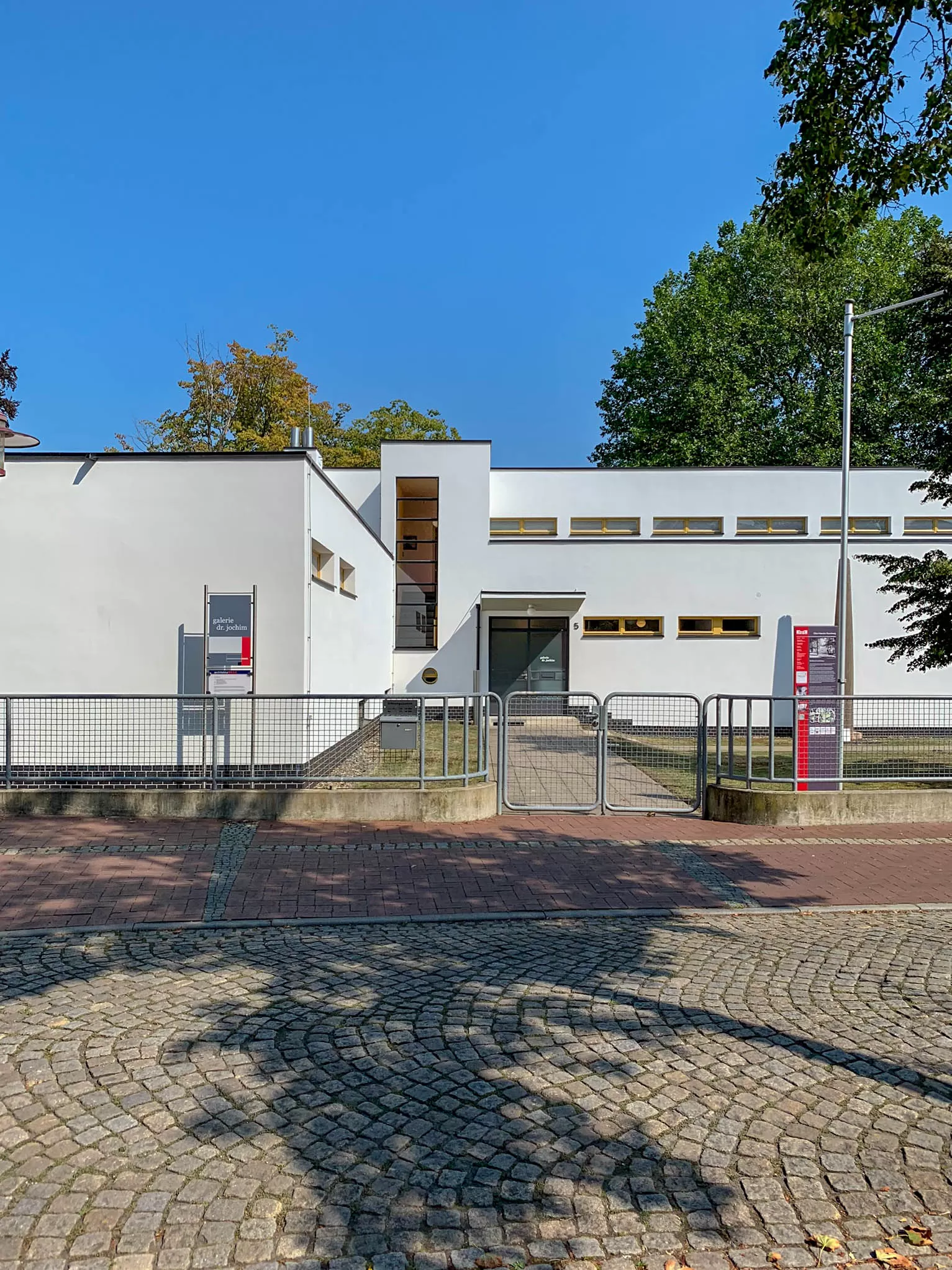
Principal’s residence, 1930-1931. Architect: Otto Haesler. Photo: Daniela Christmann
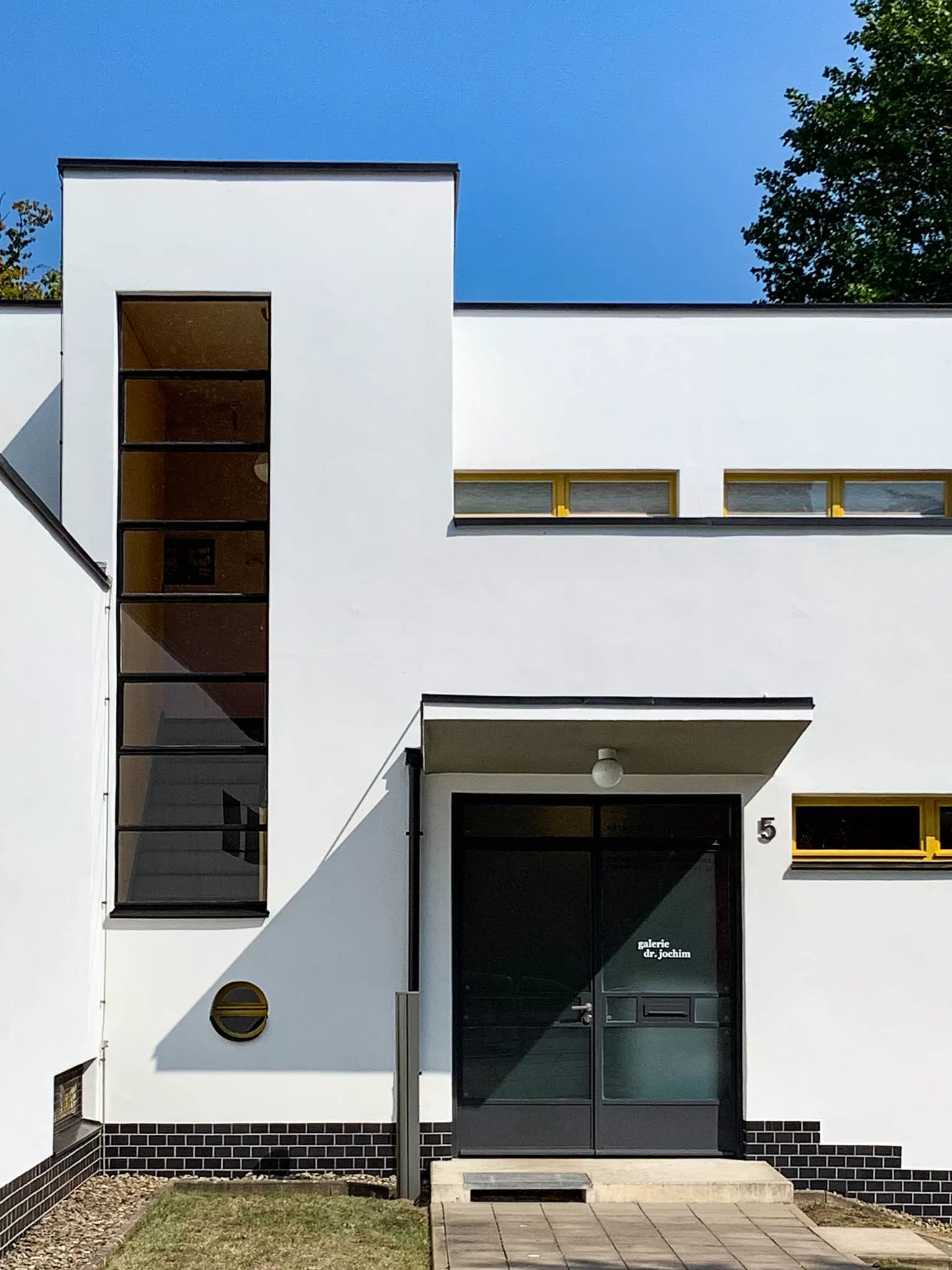
Principal’s residence, 1930-1931. Architect: Otto Haesler. Photo: Daniela Christmann
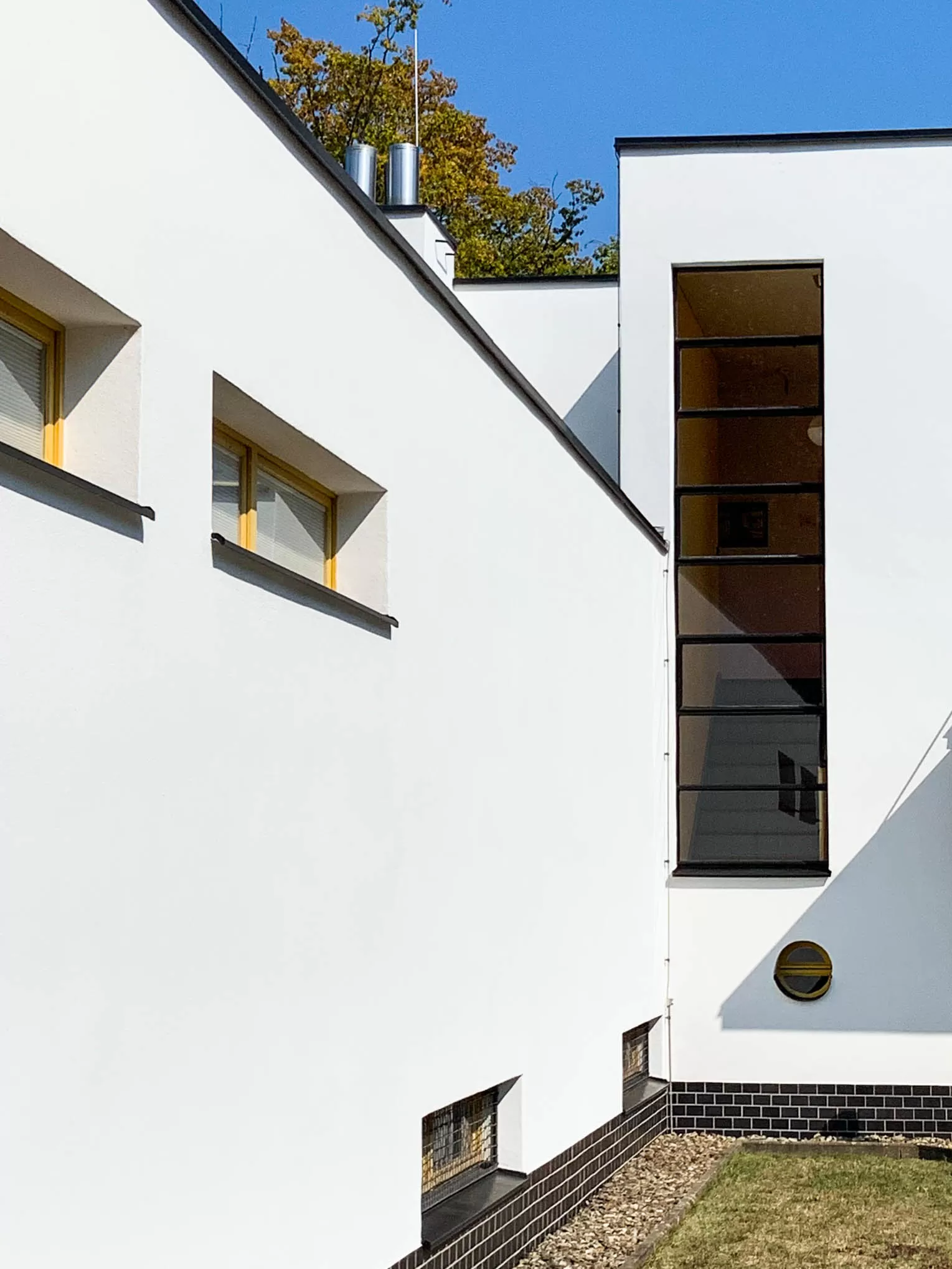
Principal’s residence, 1930-1931. Architect: Otto Haesler. Photo: Daniela Christmann
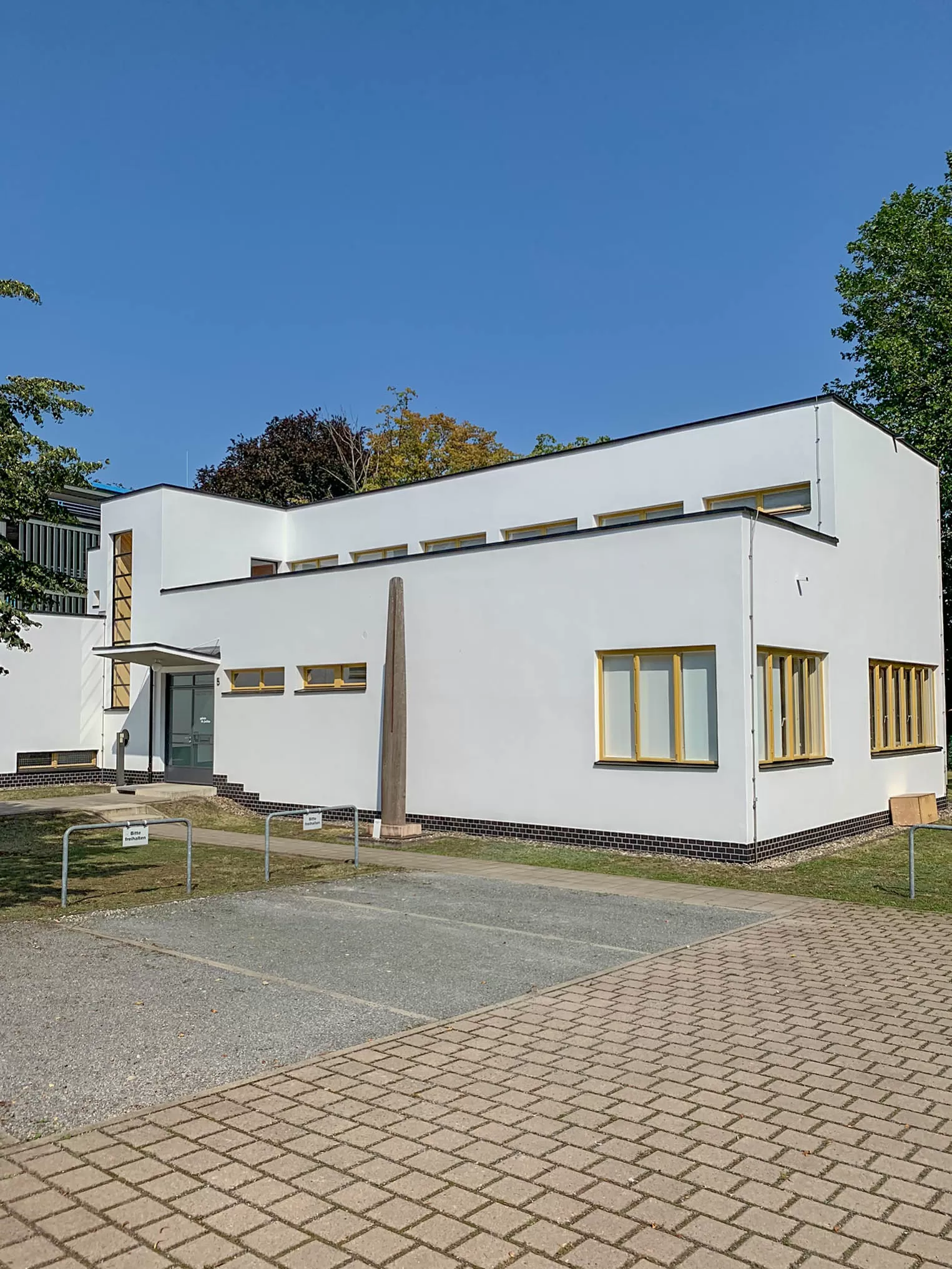
Principal’s residence, 1930-1931. Architect: Otto Haesler. Photo: Daniela Christmann
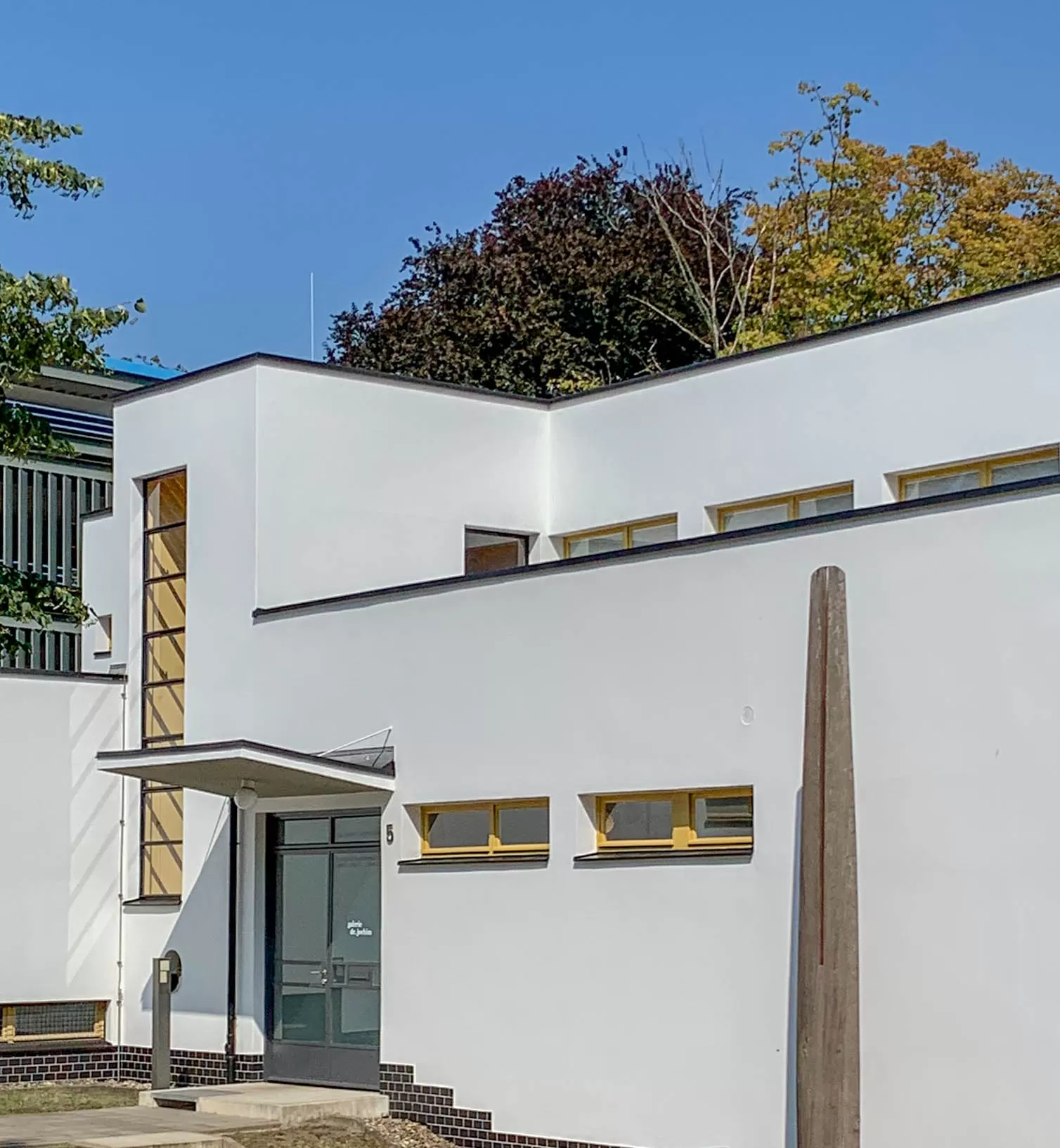
Principal’s residence, 1930-1931. Architect: Otto Haesler. Photo: Daniela Christmann
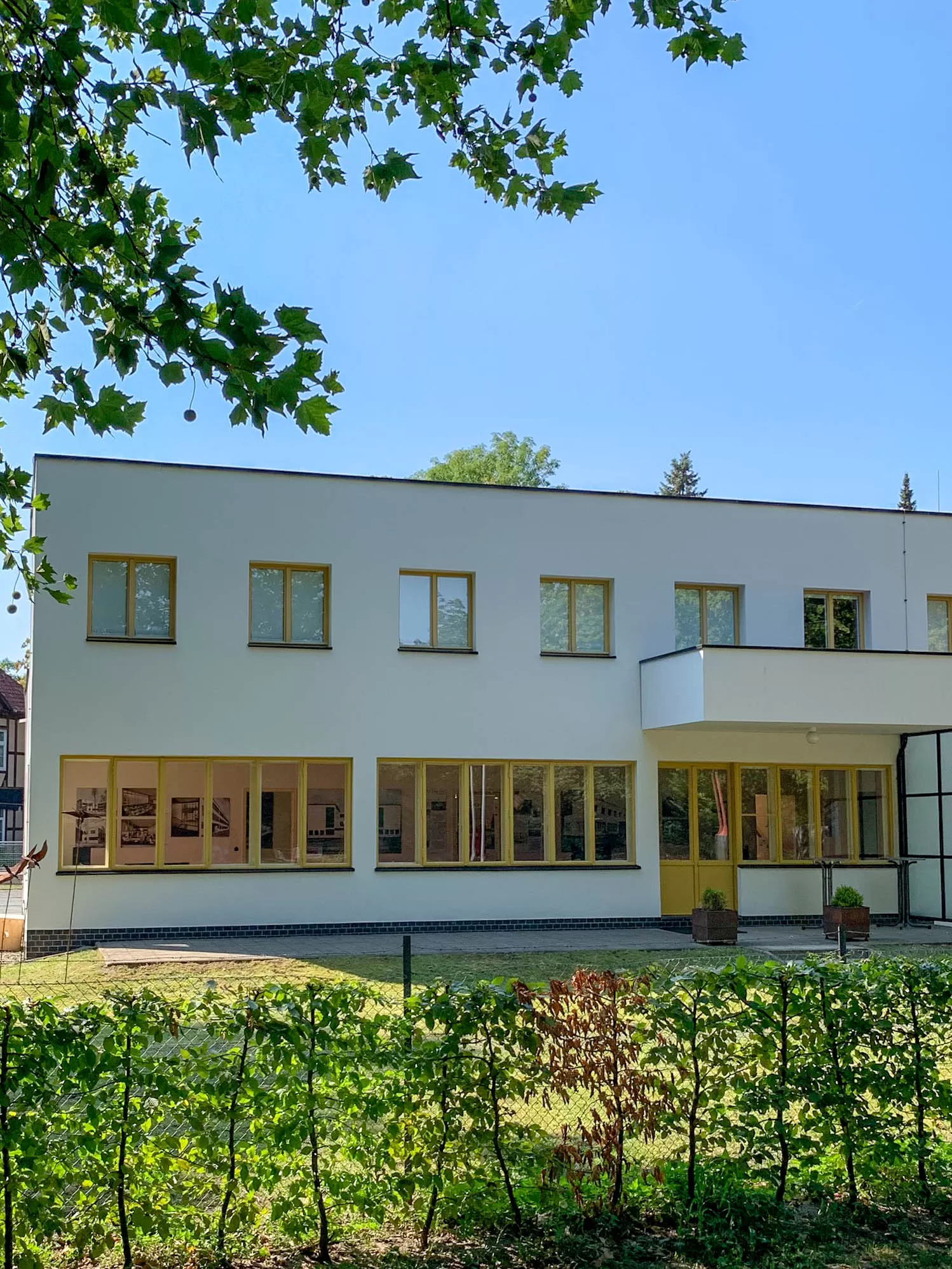
Principal’s residence, 1930-1931. Architect: Otto Haesler. Photo: Daniela Christmann
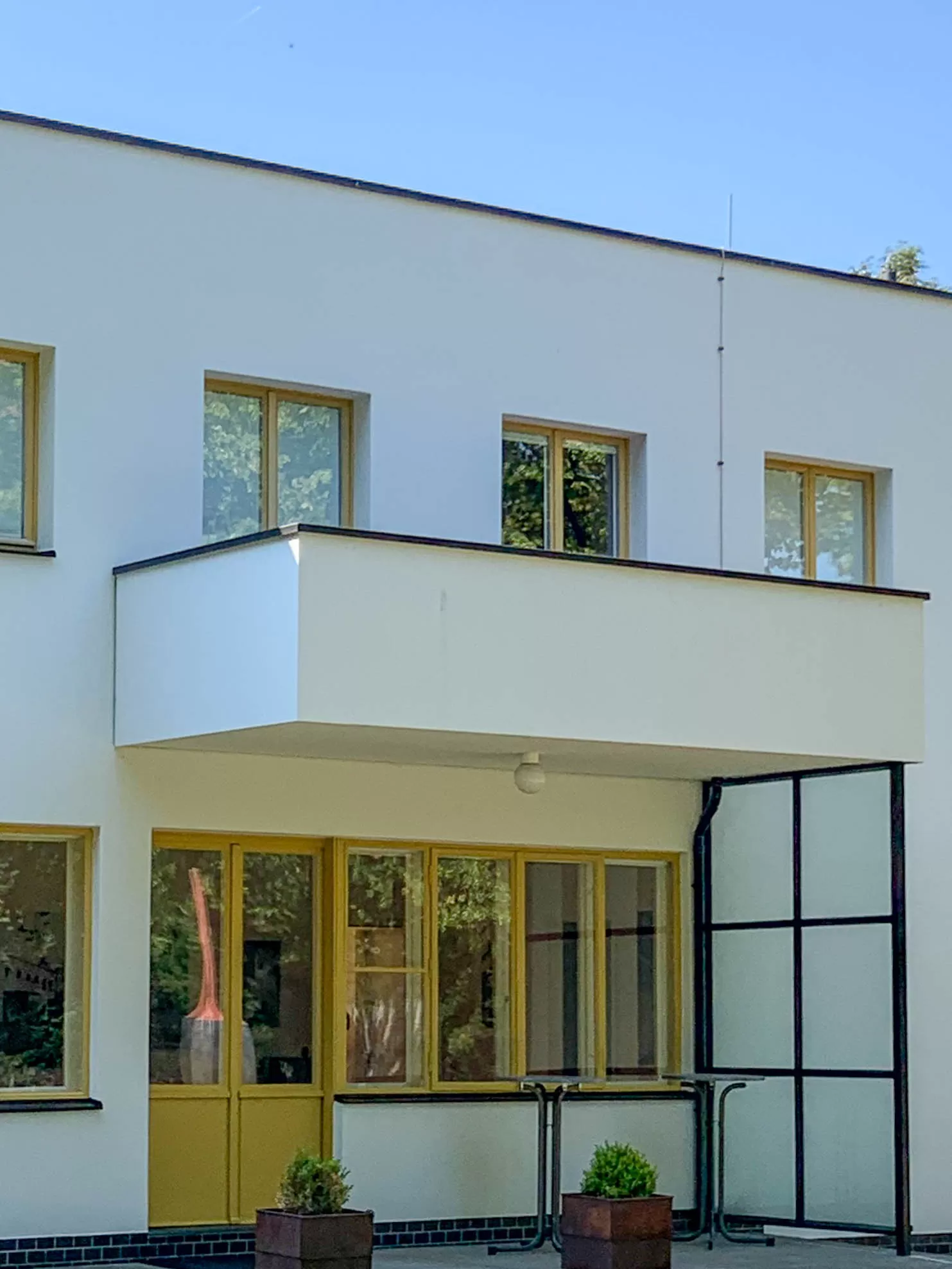
Principal’s residence, 1930-1931. Architect: Otto Haesler. Photo: Daniela Christmann
1930 – 1931
Architect: Otto Haesler
Magnusstraße 5, Celle, Germany
The detached L-shaped single-family home was built as an official residence for the principal of the Ernestinum State High School in Celle between 1930 and 1931 to a design by architect Otto Haesler. The client was the Prussian Building Department.
Building Site
As a building site, the Building Construction Office designated the area of a children’s playground in the green area of the so-called French Garden, which borders on Magnusstraße and is close to the Gymnasium.
Haesler’s goal was to integrate the building into the park as lightly as possible as an interestingly staggered composition, rather than ponderously.
Direktorenwohnhaus
The building with a flat roof connects an economic wing with a residential wing on an area of 350 square meters. Since the building ground did not allow for a basement due to the high groundwater level, Haesler separated the house into a residential and economic wing.
The L-shaped floor plan includes the two-story residential wing on the east side and an one-story economic wing on the north side.
The white plaster facade is broken towards the park side by a horizontal window band on the first floor, which is only interrupted by the column intervals of the steel skeleton structure, and nearly square perforated windows on the upper floor.
On the east side of the building, facing the park, there is a narrow terrace and a balcony.
Residential Wing
The two-story residential wing is oriented in a north-south direction parallel to the street. On the first floor it has a floor height of 3.50 meters, on the upper floor 2.70 meters.
On the north side, the residential wing rests on two supports. There, the one-and-a-half-story economic wing, which is accessible via a side entrance, is set at right angles.
At the intersection of the residential and economic wings is the staircase, which is lit by a large band of windows.
On the east side of the building facing the park there is a narrow terrace and a balcony.
With the Preußisches Hochbauamt (Prussian Building Authority) as the client, the representative principal’s residence was the first state building assignment for architect Otto Haesler.
Renovation and Current Use
Until 1954, the building was used as a residence for the principals and staff of the Gymnasium Ernestinum. In the following years it was used by the German Trade Union Federation and from 1972 as a youth center. From 2006 until the beginning of 2020, the building housed an art gallery.
In the early 1980s, there were plans to demolish the principals’ residence, which had become unsightly by that time, in order to build a parking garage near the city center. These plans were rejected in 1983.
In 2005, the building was extensively renovated in accordance with the preservation order and the original color scheme was reconstructed. Almost all windows could be preserved.
In the living and working areas there are box-type windows, while the windows in the kitchen, hallway and staircase were double-glazed.
With its modular design, strict cubature and modern steel skeleton construction, the directors’ residence represents an outstanding example of New Building in the Weimar Republic.
Otto Haesler
Otto Haesler employed numerous people in his Celle architectural office. Among them were former students of the Dessau Bauhaus. In addition to Hermann Bunzel and Walter Tralau, these included the architect and furniture designer Katt Both, who was the office’s first female employee.
Katt Both was involved in all of the office’s major building projects, including the Dammerstock housing estate in Karlsruhe, Rothenberg housing estate in Kassel, Friedrich-Ebert housing estate in Rathenow, the youth hostel in Müden and the Aschrotthaus in Kassel. In Celle, she participated in the planning for the principals’ residence and the Blumläger Feld housing estate.
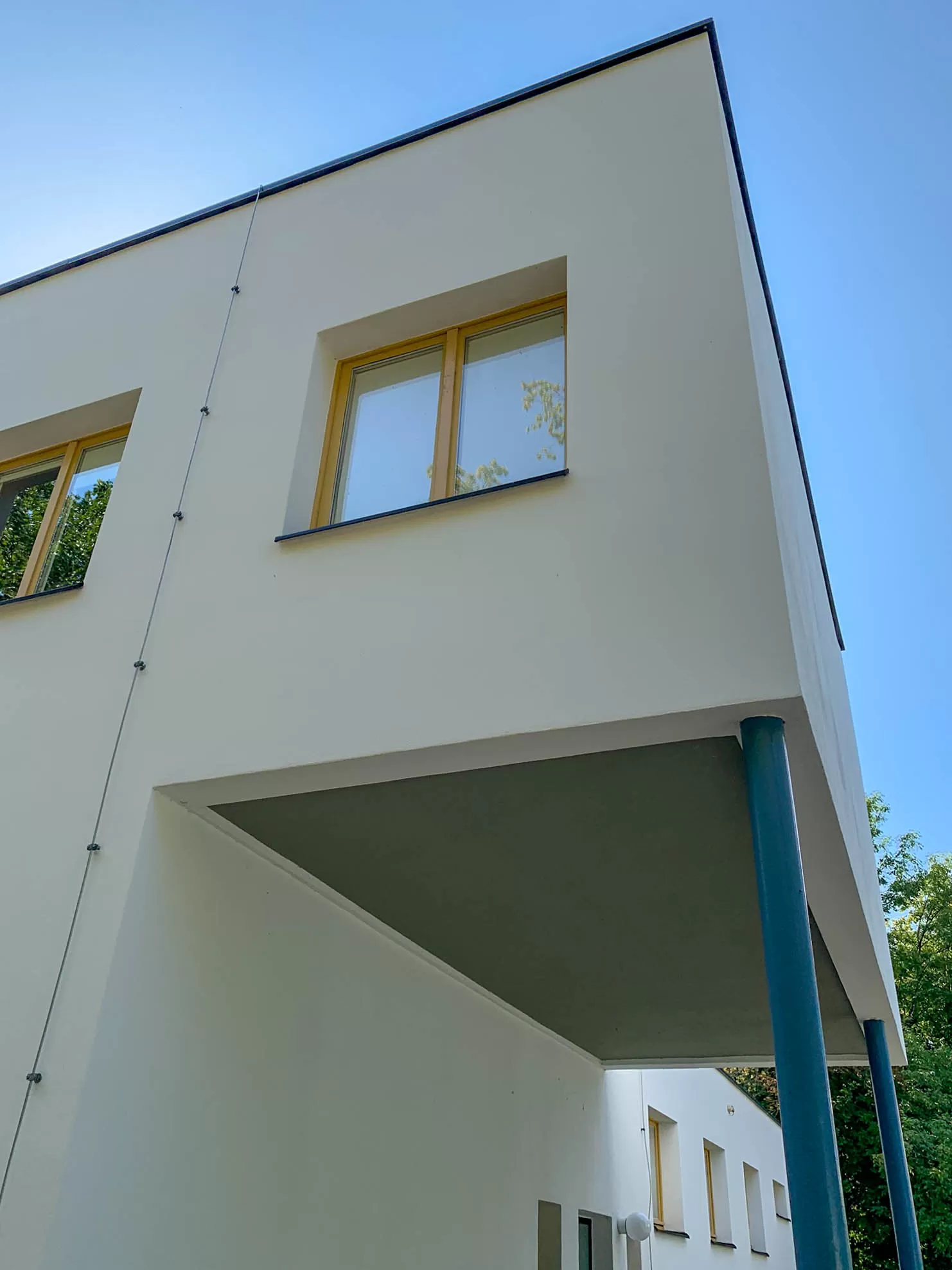
Principal’s residence, 1930-1931. Architect: Otto Haesler. Photo: Daniela Christmann
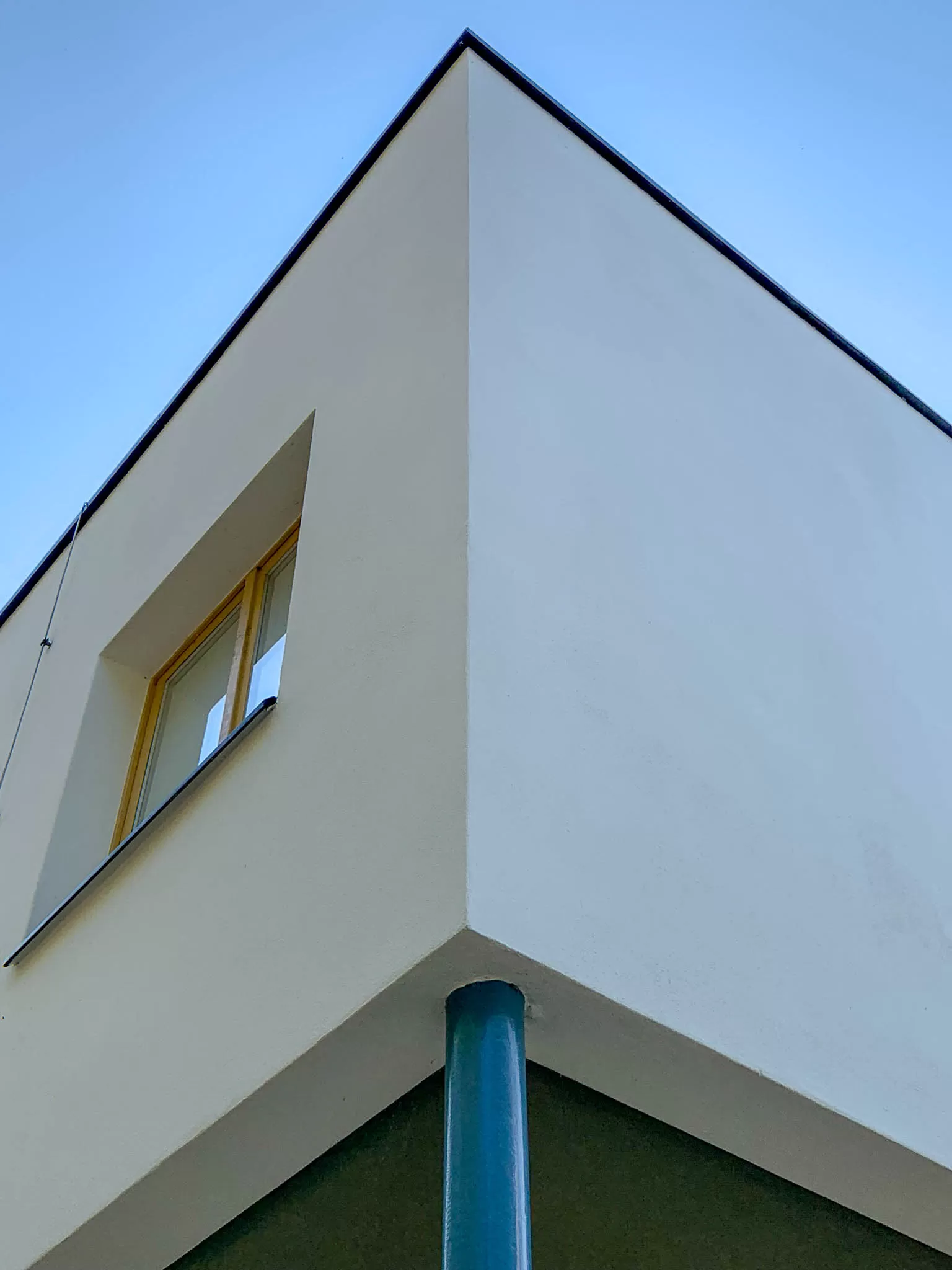
Principal’s residence, 1930-1931. Architect: Otto Haesler. Photo: Daniela Christmann
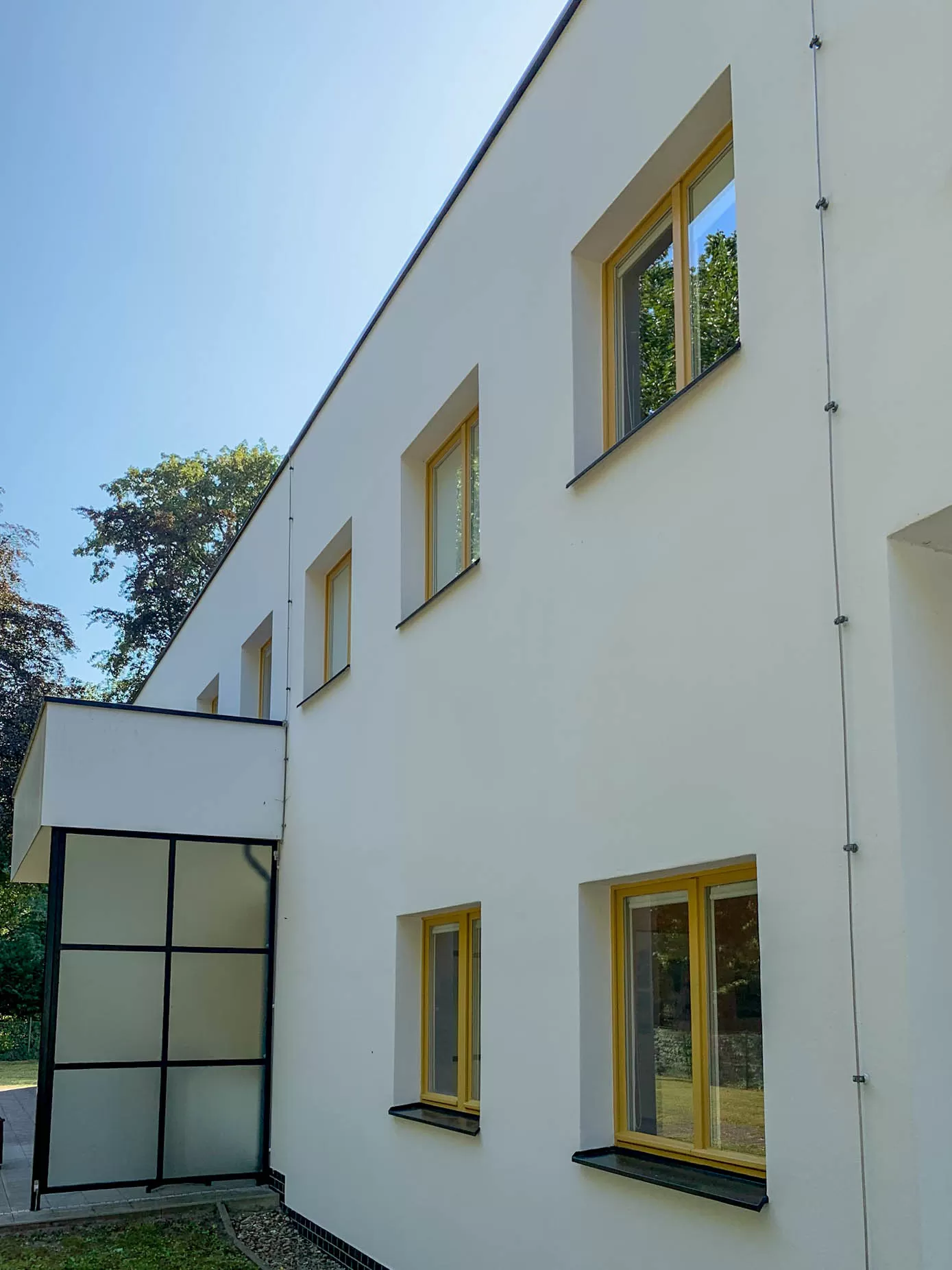
Principal’s residence, 1930-1931. Architect: Otto Haesler. Photo: Daniela Christmann
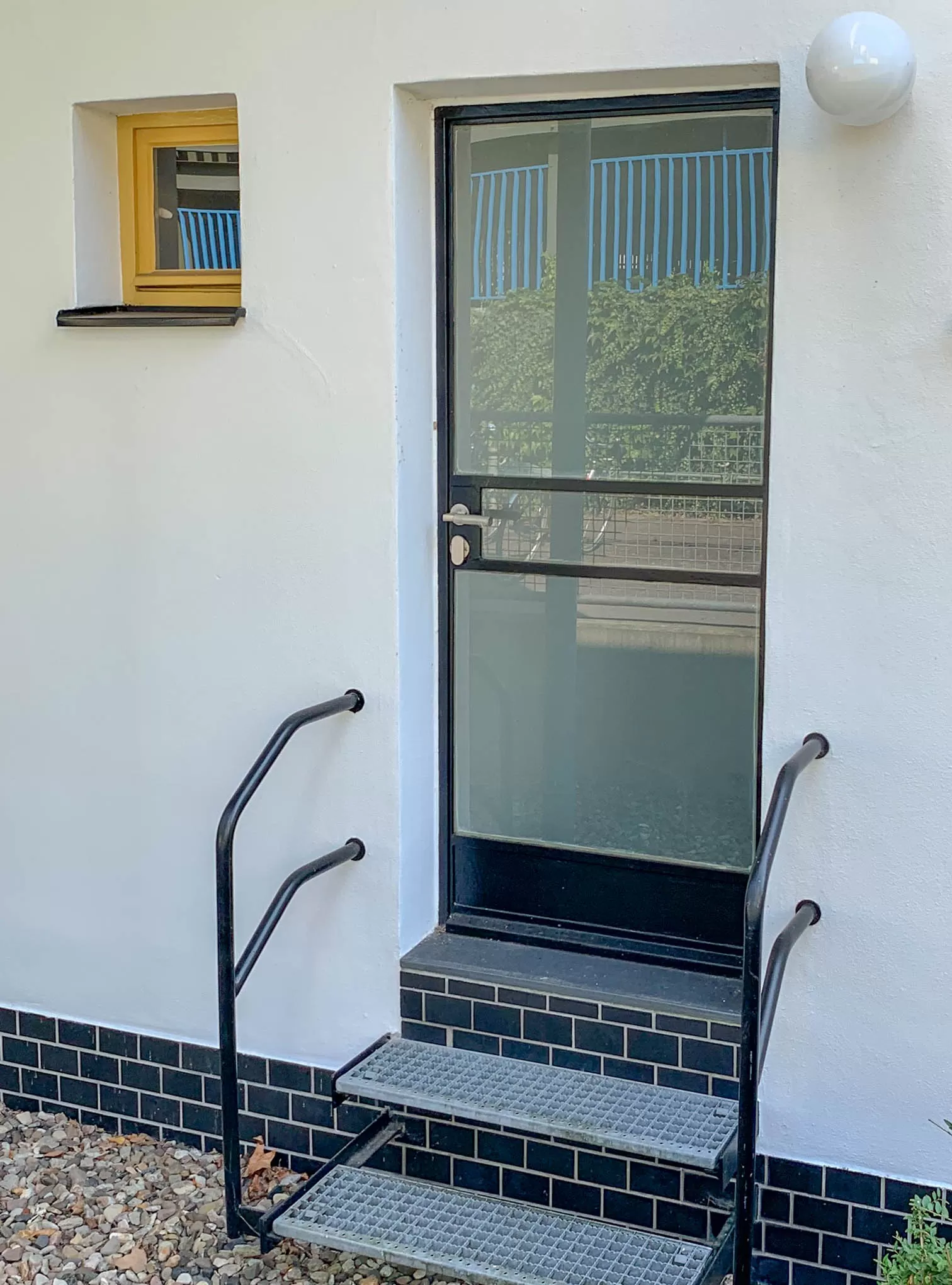
Principal’s residence, 1930-1931. Architect: Otto Haesler. Photo: Daniela Christmann
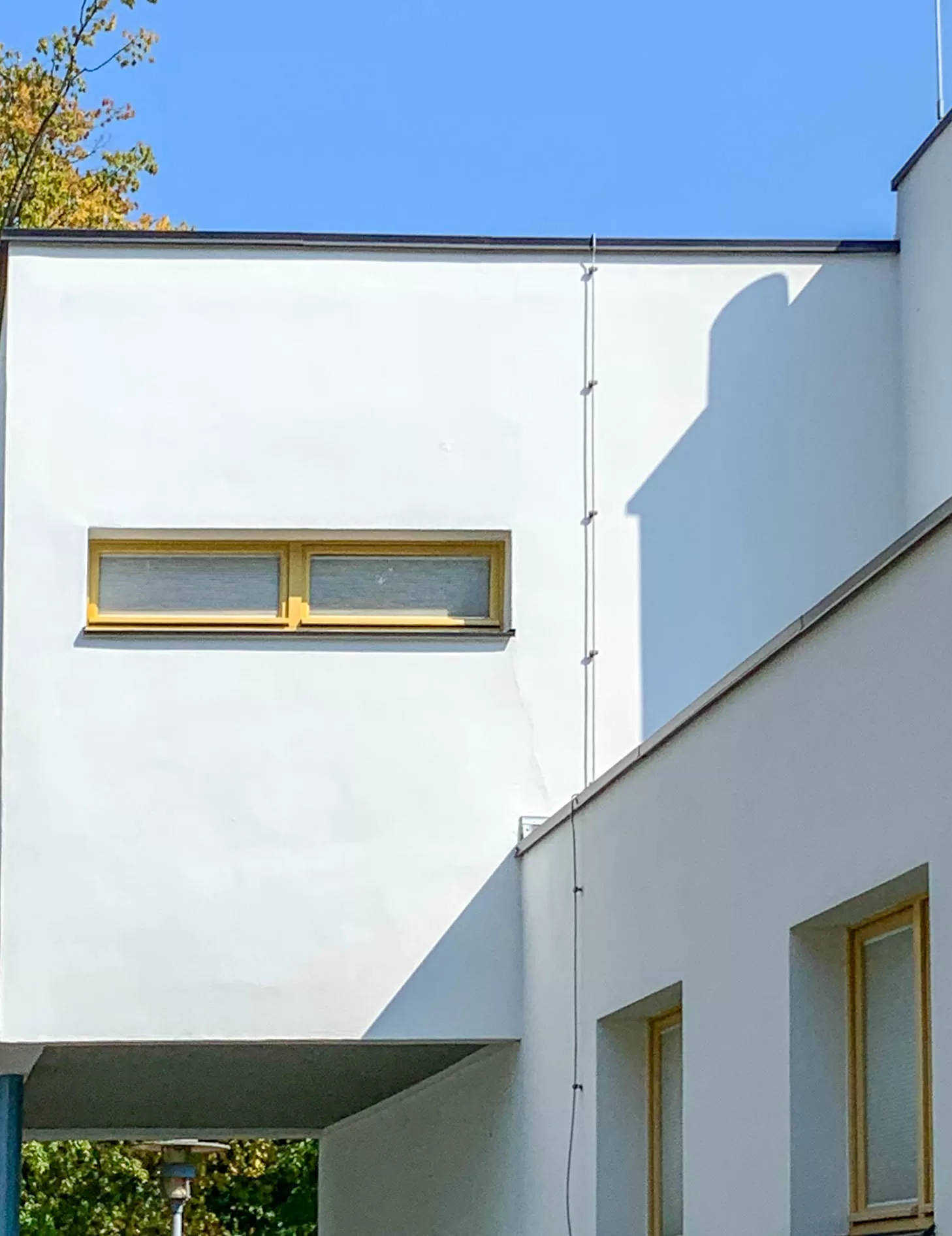
Principal’s residence, 1930-1931. Architect: Otto Haesler. Photo: Daniela Christmann

